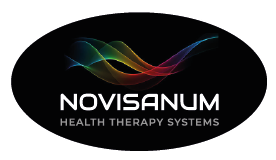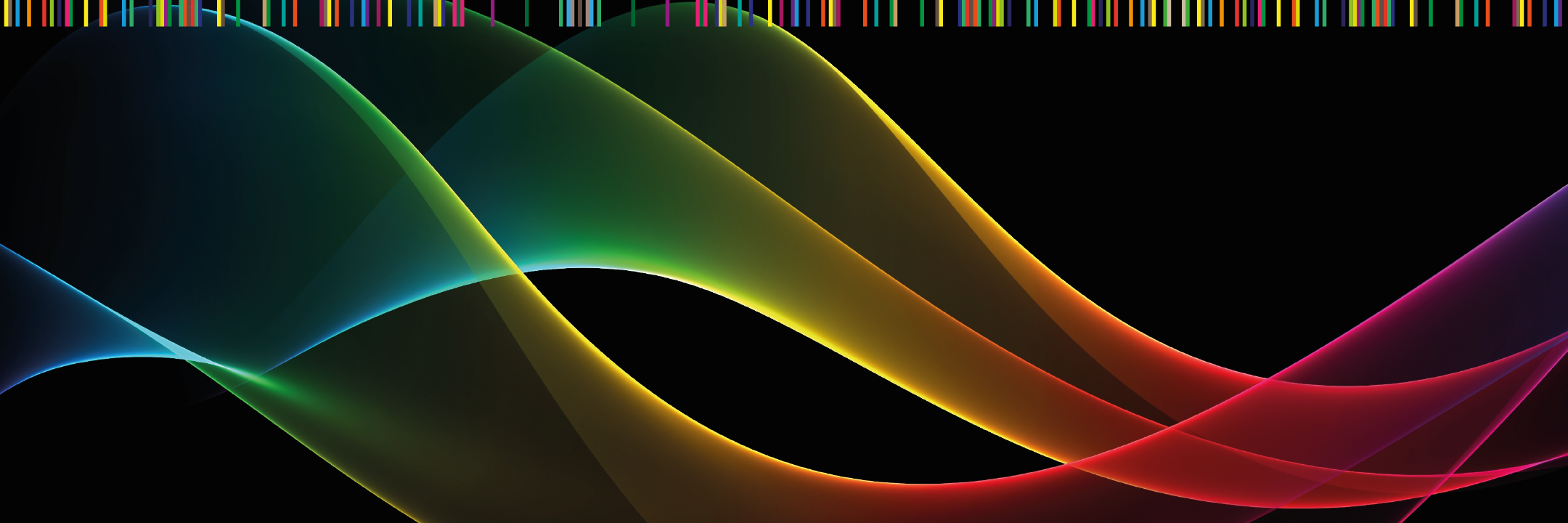Science behind red light therapy
The secret to the scientific basis of red light therapy lies in the wavelength of the light. Red light, with a wavelength between 600 and 900 nanometres, can penetrate deeper into the skin than other types of light. When this light reaches our skin, it can stimulate cells to biochemical reactions. These reactions can help repair and renew cells, reduce inflammation and relieve pain. It is important to recognise that this is not just a cosmetic trick, but a profound biological process that uses light to support cellular health.
 Explaining how red light works at the cellular level
Explaining how red light works at the cellular levelWhen red light comes in contact with our skin, it is absorbed by the mitochondria in our cells. If you remember your biology lessons, you know that mitochondria are the 'power plants' of cells. They produce energy in the form of a molecule called ATP (adenosine triphosphate). When red light is absorbed, it stimulates an enzyme involved in ATP production. This means more energy is available for the cell to function and repair itself. That is the scientific underpinning of red light therapy at the cellular level.
Explanation of the action of red light at cellular level
Not only does red light stimulate ATP production, it also affects the production of reactive oxygen components, which play a key role in cell communication. This allows cells to work together more effectively to repair damage, reduce inflammation and renew the skin. Moreover, red light can affect gene expression, allowing cells to function better. This gives us a deeper insight into the scientific basis of red light therapy and how it works at the cellular level.
Key points to remember:
- Red light therapy works because of the wavelength of light, which can penetrate deep into the skin.
- The red light is absorbed by the mitochondria in the cells and stimulates the production of ATP, which gives the cells more energy.
- Red light also affects the production of reactive oxygen components, which improve cell communication.
- Red light therapy allows cells to work together more effectively to repair damage and reduce inflammation.
- Red light can affect gene expression, allowing cells to function better.
- The scientific basis of red light therapy is rooted in deep research and has the potential to dramatically change traditional medicine.
The effect of red light on cells: the science explained
It is pretty clear that the effects of red light therapy go beyond just the surface of our skin. But how exactly does that work at the cellular level? Well, the power of red light lies in its interaction with our cells. When our cells are exposed to red light, they respond by producing more energy and working more efficiently. The mitochondria, which are the power plants of our cells, absorb the red light and convert it into energy. This energy is then used to fuel and regenerate the cell.
Red light can also affect the production of reactive oxygen components, molecules that play a crucial role in the communication process between cells. This allows our cells to work together more effectively to repair tissue damage, reduce inflammation and improve overall skin health. The fascinating thing is that red light can even affect the expression of certain genes, changing the way cells function. So that the scientific basis of red light therapy is much more complex than you might think at first glance.
So the next time you see or experience red light therapy, remember that there is a whole scientific process behind it. A process that has been studied for centuries and has the potential to dramatically change the way we think about health and well-being. And all thanks to the power of light!
Clinical studies and the scientific basis of red light therapy
The scientific basis of red light therapy is not only based on theories, but also on numerous clinical studies. These studies have shown the effectiveness of red light therapy for various purposes. For instance, there are studies showing that it can help with skin rejuvenation, pain relief, wound healing, inflammation reduction and even hair loss. Did you know that there are also studies suggesting that red light therapy can help improve cognitive function and may even slow down neurodegenerative diseases like Alzheimer's?
Scientific foundation of red light therapy
To understand the effectiveness of red light therapy, we need to take a look at how our cells respond to light. What is really interesting about the scientific basis of red light therapy is that the effect is not just superficial. The light penetrates deep into our cells and stimulates biochemical processes there. These processes can improve cellular health and function, allowing our bodies to function in a more efficient way.
Use of red light therapy in the medical world
Red light therapy is increasingly used in the medical world, and for good reason. It is a safe, non-invasive treatment that offers numerous health benefits. Many medical professionals use this therapy to help patients with conditions such as skin problems, pain and inflammation. But what does science say about red light therapy?
The scientific basis of red light therapy is firmly supported by numerous studies and research. These studies show that red light therapy is effective in treating various conditions. The table below lists the applications of red light therapy in the medical world.
Besides these specific applications, red light therapy is also used as a general wellness treatment. It can help increase energy levels, improve sleep quality and promote overall well-being. Clearly, the scientific basis of red light therapy plays an important role in the growing popularity and acceptance of this treatment method in the medical world.
Misconceptions and facts about the scientific basis of red light therapy
As with any new therapy, there are misconceptions surrounding the scientific basis of red light therapy. Some people think it is just a cosmetic trick with no real health benefits. Others are concerned about its safety and wonder if it can be harmful to the skin. Let's take a look at these misconceptions.
The fact is, red light therapy is more than just a beauty treatment. It has proven health benefits at the cellular level, including boosting ATP production and improving cell communication. This can lead to improved cellular health and function, helping with skin rejuvenation, pain relief, inflammation reduction and more.
In terms of safety, red light therapy is a non-invasive, painless treatment that is considered very safe. It does not cause burns or skin damage like UV light or lasers. Of course, as with any treatment, there are certain precautions to take and it is important to use the therapy as prescribed by a professional.
There are also those who think the results of red light therapy are immediate. While some people experience immediate relief, especially when it comes to pain and inflammation, most health benefits take time to fully manifest. Consistency and patience are the watchwords here.
In light of the scientific basis of red light therapy, it is clear that the benefits are real and most concerns are unfounded. But as with any therapy, it is important to do your own research, ask questions and consult the right professionals.
Future research and developments in red light therapy
Although the scientific basis of red light therapy is already pretty solid, the world of research does not stand still. Constantly new discoveries and innovations contribute to a better understanding of how this fascinating treatment method works. The future of red light therapy therefore looks bright.
Many studies are focusing on further exploring the mechanisms behind red light therapy. By understanding exactly how it works at the cellular level, we can use the therapy even more efficiently. There are also studies looking at new applications of red light therapy. Consider, for instance, its use in mental health care or in the treatment of neurodegenerative diseases.
In addition, work is also under way to improve red light therapy equipment. Technological advances make it possible to develop increasingly sophisticated devices that enable more precise and effective treatments. Not only the known wavelengths of red light, but also new wavelengths are being investigated to see what benefits they can offer.
All in all, we can say that the future of red light therapy is bright and full of possibilities. Although much is already known about the scientific basis of red light therapy, there is still so much more to discover. And that is exactly what the world of research is doing with great enthusiasm. So stay tuned, because the coming years promise to be exciting!

